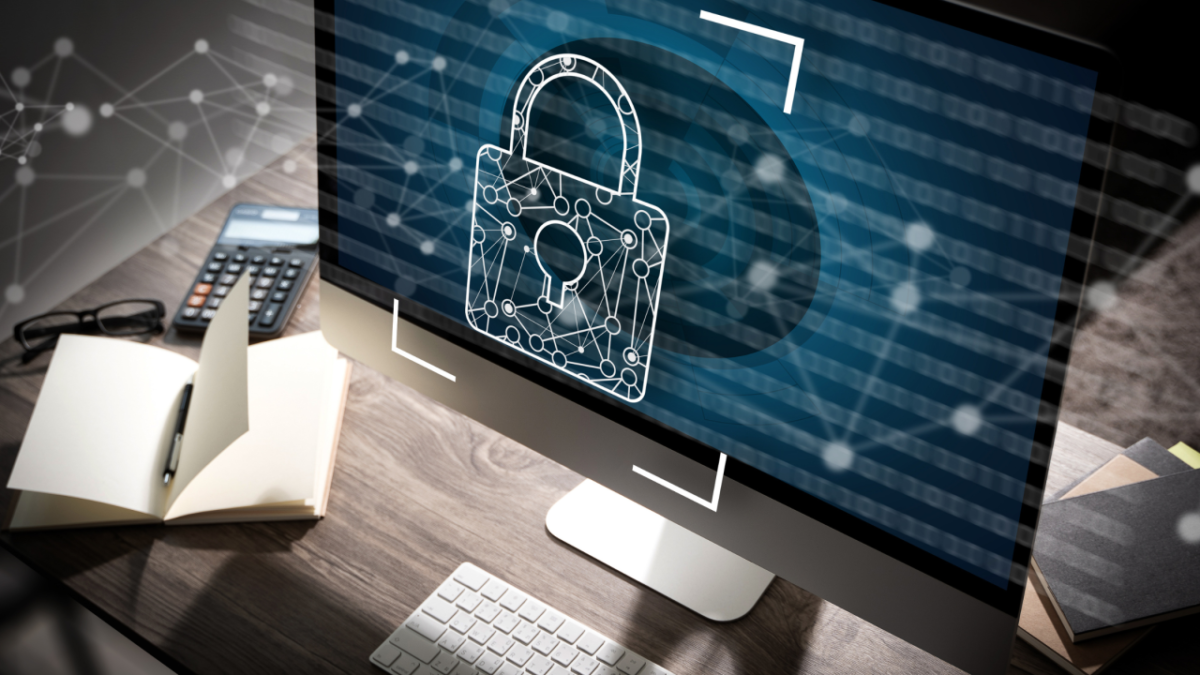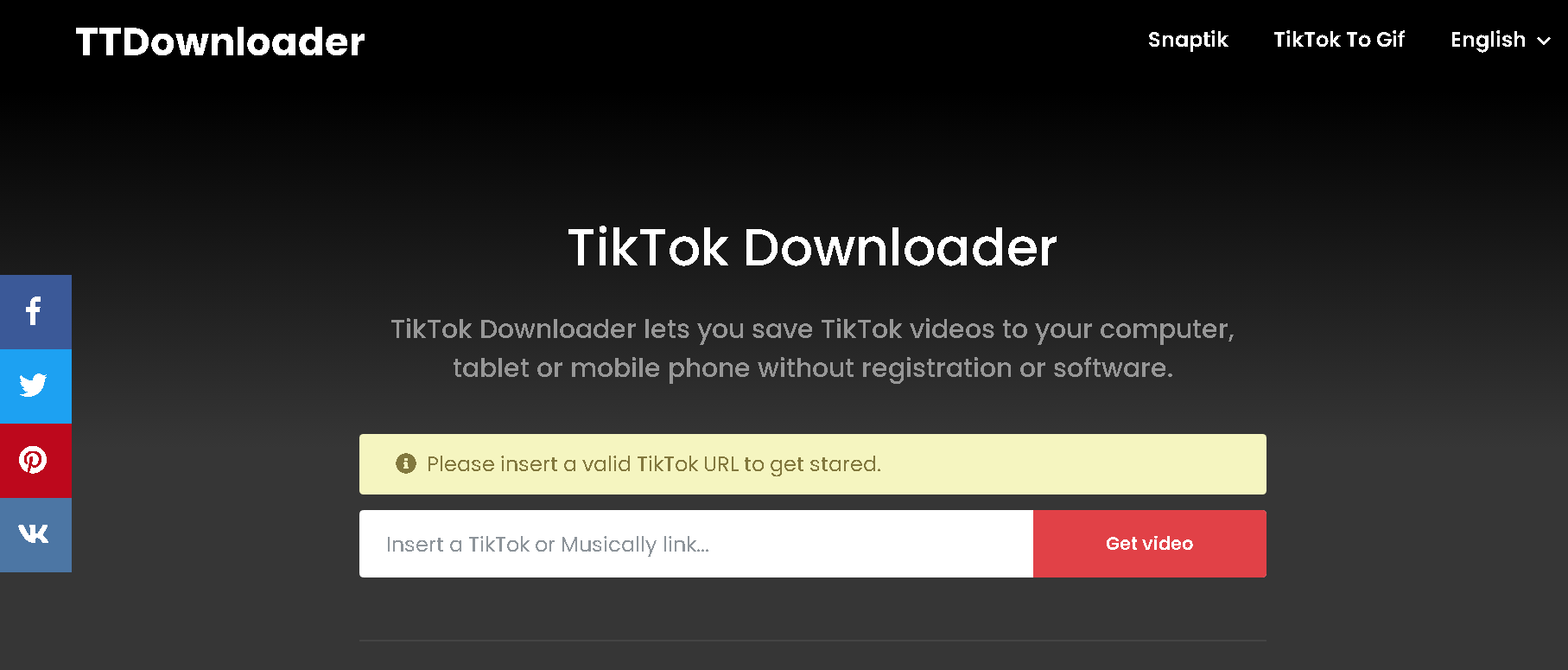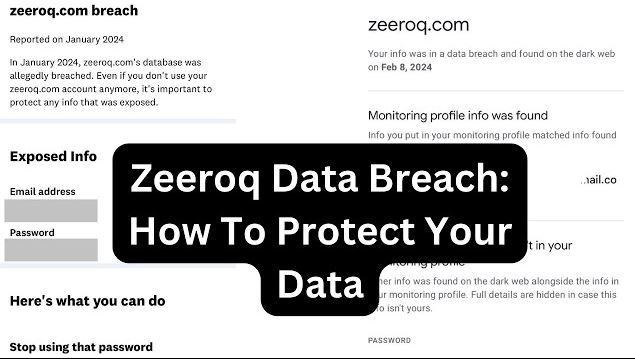Our personal information is more valuable—and vulnerable—than ever in the current digital world. Cybercriminals and data brokers can profit from the digital footprint that our online activities leave behind, which includes financial information, private chats, browsing patterns, and geographical data. Adopting strong privacy and security policies is essential if you want to defend yourself from the increasingly complex internet attacks. This thorough book will bring you through practical advice on how to improve the security and privacy of your online activities.

1. Strengthen Your Passwords
Your passwords are the first line of defense against unauthorized access to your accounts. To enhance password security:
- Create Complex Passwords: Use a mix of letters (both uppercase and lowercase), numbers, and special characters. Avoid using easily guessable information such as birthdays or common words.
- Use a Password Manager: Password managers like LastPass, 1Password, or Bitwarden can generate and store complex passwords securely. They help you manage multiple passwords without the need to remember each one.
- Enable Two-Factor Authentication (2FA): Whenever possible, enable 2FA on your accounts. This adds an extra layer of security by requiring a second form of verification, such as a text message or authentication app.
2. Be Cautious with Public Wi-Fi
Public Wi-Fi networks, such as those in coffee shops or airports, are often less secure than private networks. To protect yourself while using public Wi-Fi:
- Avoid Sensitive Transactions: Refrain from accessing sensitive information or performing financial transactions on public Wi-Fi networks.
- Use a Virtual Private Network (VPN): A VPN encrypts your internet traffic, making it harder for hackers to intercept your data. Popular VPN services include NordVPN, ExpressVPN, and CyberGhost.
- Forget the Network: After using a public Wi-Fi network, make sure to “forget” the network on your device to prevent automatic reconnections in the future.
3. Update Software Regularly
Keeping your software up-to-date is critical for maintaining security. Software updates often include patches for known vulnerabilities that could be exploited by cybercriminals.
- Enable Automatic Updates: Most operating systems and applications offer the option to automatically install updates. Enable this feature to ensure you receive the latest security patches without having to manually check for updates.
- Update All Devices: Don’t forget to update all your devices, including smartphones, tablets, and smart home devices. Each device can have its own set of vulnerabilities that need to be addressed.
4. Enhance Your Browser Security
Your web browser is a gateway to the internet, making it a target for attacks. To bolster browser security:
- Install Security Extensions: Consider adding browser extensions like uBlock Origin for ad blocking, HTTPS Everywhere for secure connections, and Privacy Badger for tracking protection.
- Clear Browsing Data Regularly: Periodically clear your browser’s cache, cookies, and history to remove any stored data that could be used to track your online activities.
- Disable Third-Party Cookies: Adjust your browser settings to block third-party cookies, which are often used for tracking your browsing behavior across different websites.
5. Practice Safe Email Habits
Email is a common vector for cyberattacks, including phishing scams and malware distribution. To stay safe:
- Be Wary of Unknown Senders: Avoid opening emails or clicking on links from unknown or suspicious senders. Phishing emails often appear to come from legitimate sources but are designed to steal your information.
- Use Email Encryption: For sensitive communications, consider using email encryption services like ProtonMail or Tutanota. Encryption ensures that only the intended recipient can read your messages.
- Enable Spam Filters: Most email providers offer built-in spam filters that help detect and block suspicious emails. Ensure these filters are enabled and review them periodically.
6. Secure Your Social Media Accounts
Social media platforms can expose personal information to a wide audience. To protect your privacy:
- Adjust Privacy Settings: Review and adjust your privacy settings on social media platforms to control who can see your posts, personal information, and friend list.
- Be Selective About Sharing: Avoid sharing sensitive information, such as your location or personal details, in your social media posts. Cybercriminals can use this information for identity theft or phishing attacks.
- Review App Permissions: Regularly check and manage the permissions granted to third-party applications linked to your social media accounts. Revoke access for apps that are no longer needed or appear suspicious.
7. Protect Your Mobile Devices
Mobile devices are often less secure than computers and can be easily lost or stolen. To protect your mobile devices:
- Use a Strong Passcode: Set a strong passcode or biometric authentication (fingerprint or facial recognition) to lock your device. This adds a layer of security in case your device is lost or stolen.
- Enable Remote Wipe: Activate remote wipe capabilities on your device through services like Find My iPhone (Apple) or Find My Device (Android). This allows you to remotely erase your device’s data if it’s lost or stolen.
- Install Security Apps: Use reputable security apps to protect your device from malware and other threats. Apps like Malwarebytes and Avira offer mobile security solutions.
8. Be Mindful of Your Digital Footprint
Your digital footprint comprises the data you leave behind as you use the internet. To manage and minimize your digital footprint:
- Review Permissions and Data Collection: Regularly review and adjust the permissions granted to apps and websites. Limit data collection and sharing to what is necessary.
- Use Privacy-Focused Search Engines: Consider using search engines like DuckDuckGo or Startpage that prioritize user privacy and do not track your search history.
- Opt-Out of Data Brokers: Many companies collect and sell personal data. Search for and opt-out of data broker services to reduce the amount of information available about you online.
9. Stay Informed About Security Threats
The landscape of online threats is constantly evolving. To stay ahead of potential risks:
- Follow Security News: Stay informed about the latest security threats and trends by following reputable sources of cybersecurity news, such as Krebs on Security or the SANS Internet Storm Center.
- Educate Yourself: Continuously educate yourself about new security practices and technologies. Understanding the latest threats and protection methods helps you make informed decisions about your online safety.
10. Backup Your Data Regularly
Regular backups are crucial for recovering your data in case of a cyberattack or hardware failure. To ensure your data is protected:
- Use Cloud Storage: Services like Google Drive, Dropbox, and OneDrive offer cloud storage solutions that automatically sync your files and provide access from any device.
- Create Local Backups: In addition to cloud backups, consider using an external hard drive or network-attached storage (NAS) for local backups. This provides an additional layer of protection and redundancy.
- Automate Backups: Set up automated backup schedules to ensure your data is consistently backed up without requiring manual intervention.

Certainly! Here are some common and emerging online threats that users should be aware of to maintain their privacy and security:
1. Phishing Attacks
- Description: Cybercriminals use deceptive emails, messages, or websites that appear to be from legitimate sources to trick users into divulging personal information or login credentials.
- Example: An email that appears to be from your bank asking you to click on a link and verify your account information.
2. Malware
- Description: Malicious software designed to damage, disrupt, or gain unauthorized access to a system. Types include viruses, trojans, ransomware, and spyware.
- Example: Ransomware that encrypts your files and demands payment for the decryption key.
3. Man-in-the-Middle (MitM) Attacks
- Description: An attacker intercepts and potentially alters communications between two parties without their knowledge.
- Example: An attacker intercepting login credentials sent over an unencrypted Wi-Fi network.
4. Data Breaches
- Description: Unauthorized access to sensitive data, often resulting in the exposure of personal, financial, or proprietary information.
- Example: A large-scale breach at a retail company exposing customers’ credit card information.
5. Identity Theft
- Description: Stealing someone’s personal information, such as Social Security numbers or bank account details, to commit fraud.
- Example: Using stolen identity information to open new credit accounts in someone else’s name.
6. Denial of Service (DoS) Attacks
- Description: Overloading a system, server, or network with traffic to make it unavailable to users.
- Example: A website being flooded with traffic from a botnet to disrupt its normal operations.
7. Social Engineering
- Description: Manipulating individuals into divulging confidential information by exploiting psychological manipulation.
- Example: A phone call from someone pretending to be from tech support asking for your password.
8. Spyware
- Description: Software that secretly monitors and collects user data, such as browsing habits and personal information, without the user’s consent.
- Example: Software that tracks your keystrokes and sends them to an attacker.
9. Ad Fraud
- Description: Fraudulent activities that generate revenue through deceptive advertising practices.
- Example: Fake ad clicks or impressions designed to inflate advertising revenue.
10. Cryptojacking
- Description: Unauthorized use of someone’s computer to mine cryptocurrency.
- Example: Malware that uses your computer’s processing power to mine Bitcoin without your knowledge.
11. IoT Vulnerabilities
- Description: Security weaknesses in Internet of Things (IoT) devices that can be exploited to gain access to networks or data.
- Example: A smart thermostat with inadequate security allowing an attacker to control it remotely.
12. SQL Injection
- Description: A type of attack that involves injecting malicious SQL code into a query to manipulate or access a database.
- Example: Exploiting a vulnerable website login form to gain unauthorized access to a database.
13. Credential Stuffing
- Description: Using stolen username and password pairs from one breach to gain unauthorized access to accounts on other sites.
- Example: An attacker using credentials from a data breach at one service to log into other accounts where the user has reused passwords.
14. Rogue Software
- Description: Malicious software disguised as legitimate software that performs harmful actions.
- Example: Fake antivirus software that claims to find threats and demands payment to remove them.
15. Eavesdropping
- Description: Intercepting and listening to private communications, often through unsecured networks or devices.
- Example: An attacker capturing and listening to conversations on a public Wi-Fi network.
16. Scareware
- Description: Software that generates fear to trick users into buying unnecessary or harmful products.
- Example: Pop-up ads warning of a virus infection and urging you to purchase fake antivirus software.
17. Cross-Site Scripting (XSS)
- Description: A vulnerability that allows attackers to inject malicious scripts into web pages viewed by other users.
- Example: An attacker injecting a script into a forum that steals cookies from other users.
18. Fake Websites and Phishing Sites
- Description: Websites that mimic legitimate sites to deceive users into entering sensitive information.
- Example: A fake login page that looks like your bank’s website but is designed to steal your credentials.
19. Social Media Scams
- Description: Fraudulent schemes conducted through social media platforms to deceive users.
- Example: Fake contests or giveaways that require users to share personal information or pay a fee.
20. Deepfake Technology
- Description: Use of artificial intelligence to create highly realistic but fake video or audio recordings.
- Example: A manipulated video of a public figure making statements they never made, used to spread misinformation.

Conclusion
In an increasingly interconnected world, safeguarding your online privacy and security is more important than ever. By implementing these tips and strategies, you can protect yourself from a wide range of cyber threats and maintain control over your personal information.
From strengthening your passwords and securing your devices to practicing safe browsing habits and managing your digital footprint, each step you take contributes to a more secure online experience. Remember, online privacy and security are ongoing efforts that require vigilance and adaptability as technology and threats evolve.
By staying informed and proactive, you can enjoy the benefits of the digital age while minimizing the risks. Stay safe, and take control of your online privacy today! Tech-arcis



